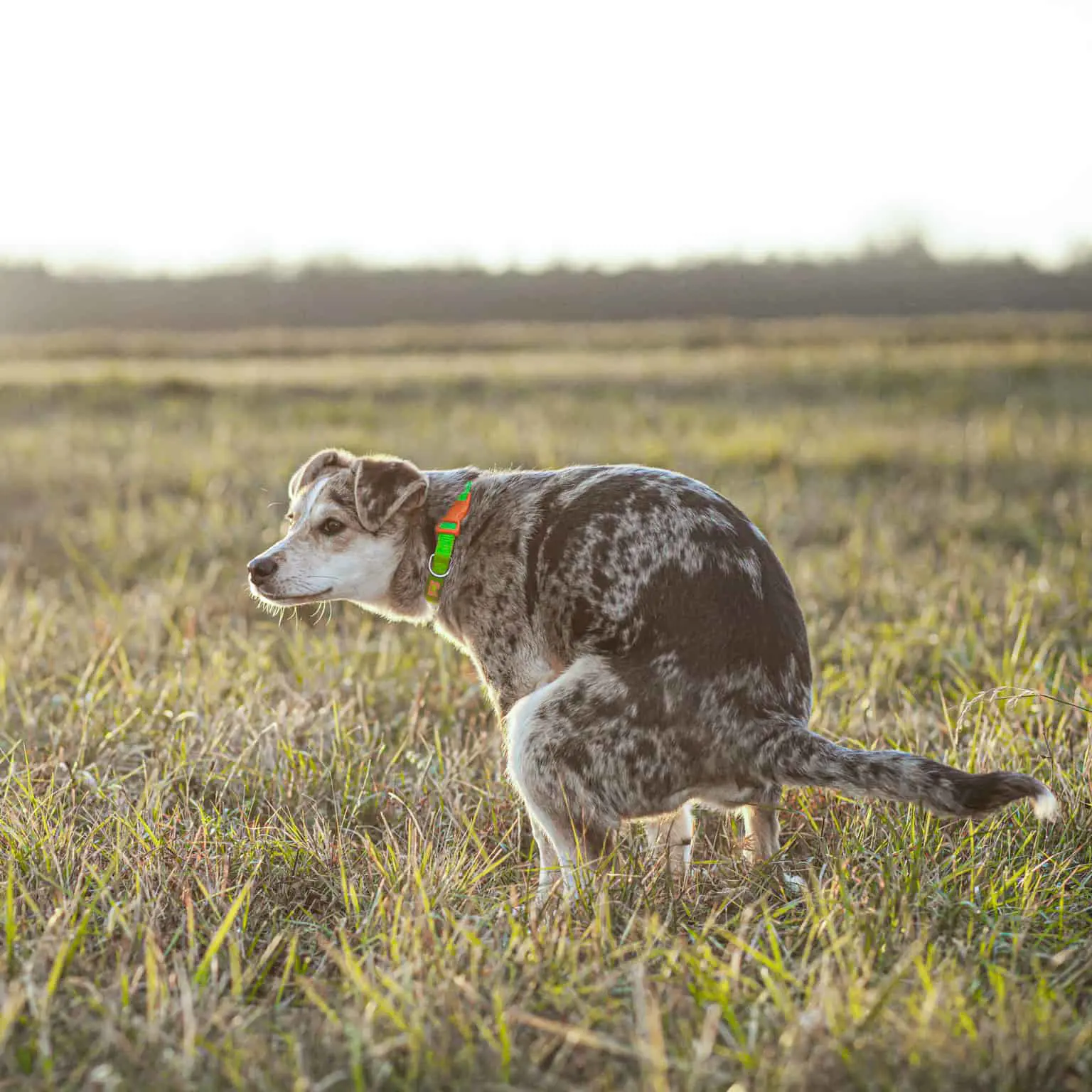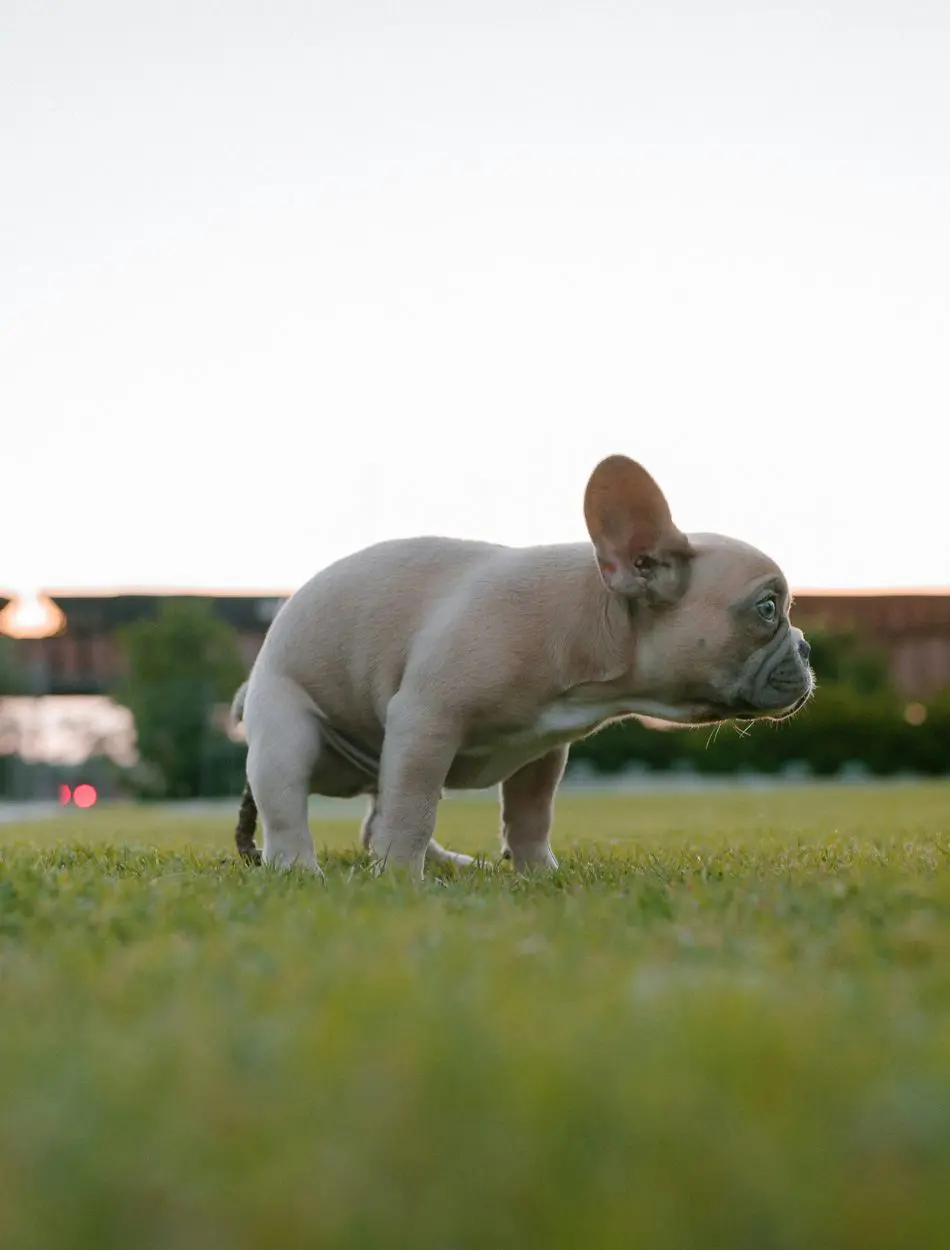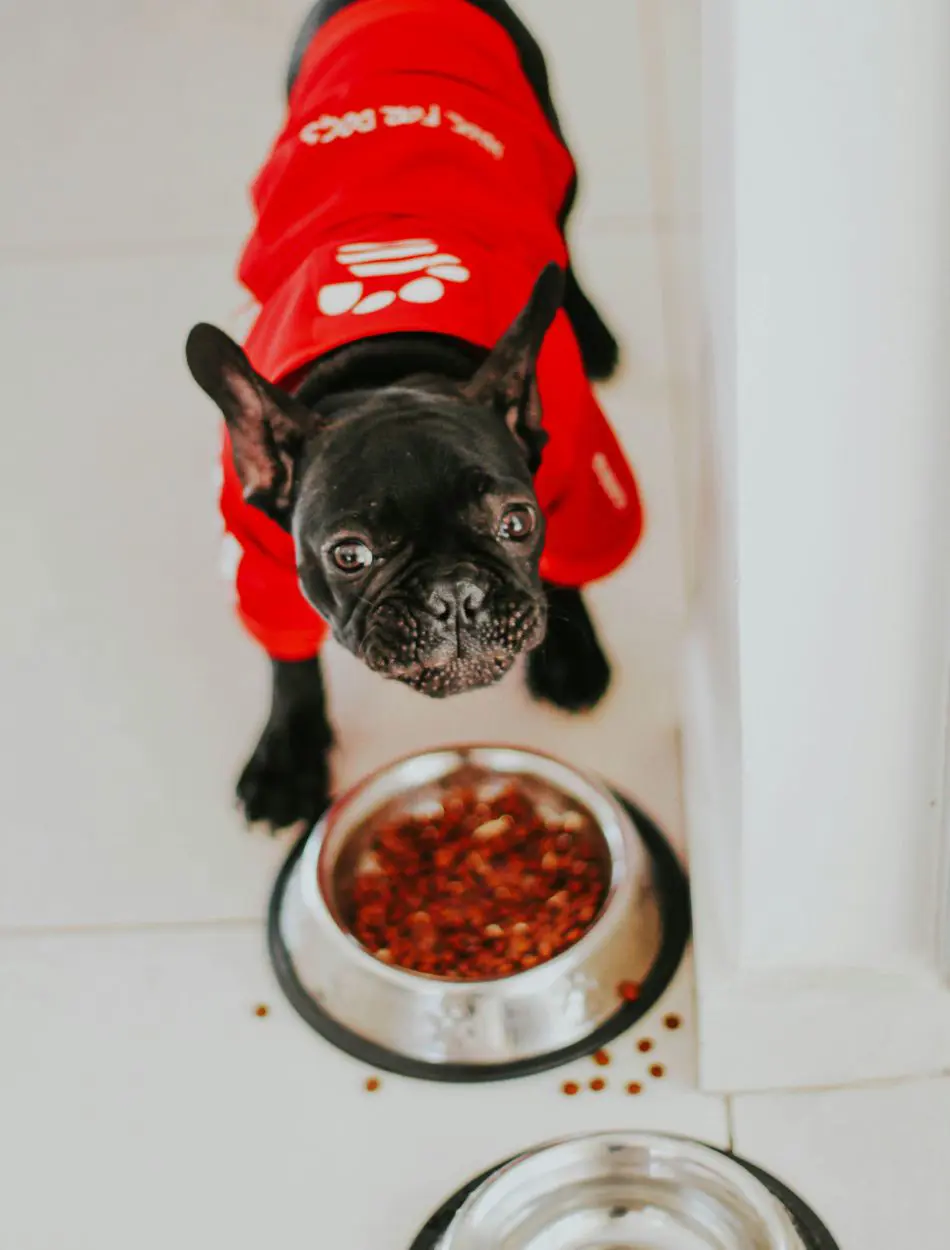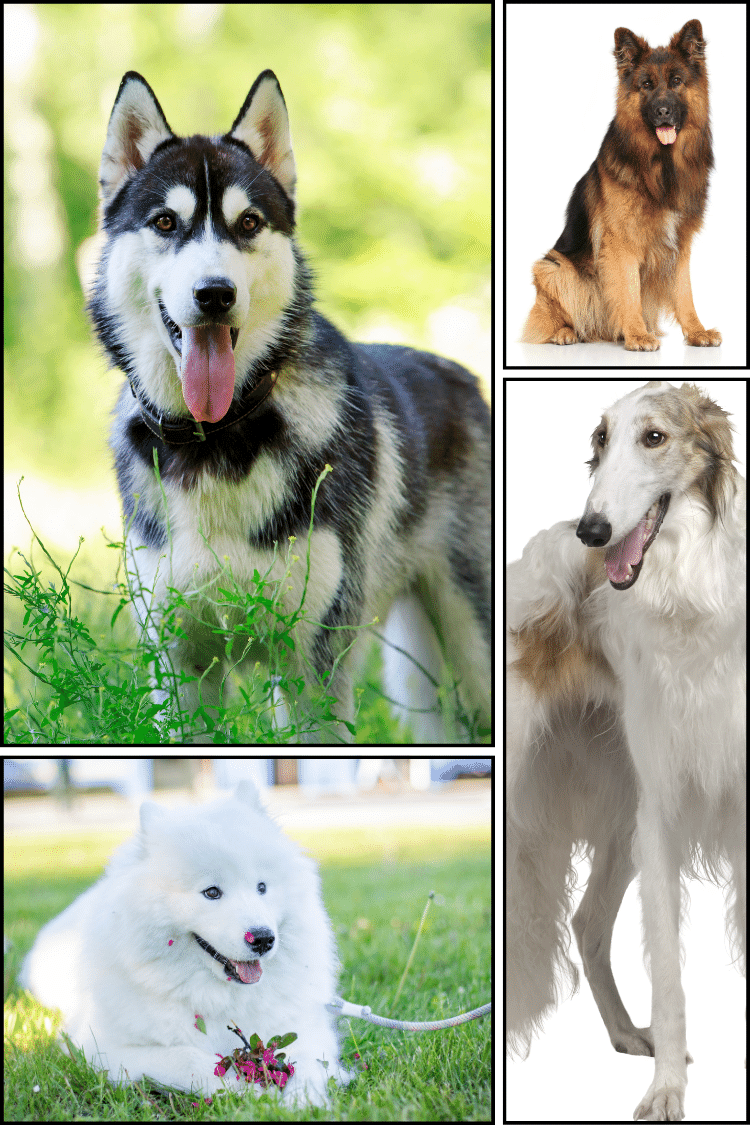Dog Poop Color Chart: How To Know Your Dog's Poo is Healthy

As strange as it might seem, your dog’s poop can reveal a lot about their overall health. By paying attention to the color, consistency, and frequency of your dog's stool, you can catch early warning signs of a wide range of health issues—often before more serious symptoms appear.
This comprehensive guide breaks down what different poop colors may indicate about your dog’s well-being and helps you determine when it’s time to contact your veterinarian. Understanding what's normal—and what's not—can empower you to keep your furry companion healthy and happy.
Understanding Normal Dog Poop
Healthy dog poop is typically chocolate brown in color, thanks to bile produced during digestion. Any variation in color may signal an underlying issue:
- Green poop could indicate your dog is eating grass or may have gallbladder problems.
- Yellow stools might point to food intolerances or liver issues.
- Black or tarry stools can be a serious concern, as they may suggest internal bleeding in the gastrointestinal tract.
The consistency of your dog’s poop is just as important as the color. Normal stool should be firm yet moist and shaped like a log.
- Runny or watery stools may indicate diarrhea, which could be caused by infections, parasites, or sudden dietary changes.
- Hard or dry poop might suggest dehydration or a lack of dietary fiber.
- Mucus-coated stools could be a sign of inflammation or irritation in the intestines.
Monitoring your dog's poop regularly can help you detect health issues early and ensure they receive the care they need promptly.
Dog Poop Color Chart
A dog poop color chart can be a helpful tool in monitoring your pet’s health. Each color can indicate something specific about your dog’s digestion and overall well-being. Here's a detailed guide to what various poop colors might mean:
Brown
Brown dog poop is considered the healthy standard. The chocolate brown color comes from bile, a digestive fluid produced by the liver.
A consistent brown stool generally indicates that your dog is digesting food properly and that their liver and bile production are functioning normally.
Green
Green dog poop may signal that something unusual is happening in your dog’s digestive system.
While occasional green stools can occur if your dog has eaten a lot of grass, persistent green poop may point to more serious issues, such as:
- A gallbladder problem
- Rapid transit through the intestines
- A reaction to eating non-food substances
If green stool continues for more than a day or two, it's best to consult your vet.
Yellow

Yellow dog poop may indicate digestive problems or underlying health issues that shouldn't be ignored. This color is often due to:
- Bile imbalance, which may occur if food passes too quickly through the digestive tract, reducing nutrient absorption
- Food intolerances, such as sensitivity to fats or grains
- Diet changes or low-quality food, which can disrupt normal digestion
Loose, yellow stools warrant a vet's attention, especially if they persist.
Black or Tarry
Black or tarry poop is a serious concern. It may indicate digested blood, suggesting internal bleeding in the upper gastrointestinal tract (such as the stomach or small intestine).
This condition is known as melena and requires immediate veterinary evaluation.
Red Streaks
Red streaks in your dog's poop are usually a sign of fresh blood, which can come from the lower gastrointestinal tract (like the colon or rectum).
Possible causes include:
- Infections
- Anal gland issues
- Inflammatory bowel disease
- Rectal polyps or tumors
- Injuries or dietary indiscretion (e.g., swallowing sharp objects)
Persistent or heavy bleeding should be addressed by a vet immediately.
White or Gray
White or pale gray poop is uncommon and could indicate serious health concerns such as:
- Liver disease
- Bile duct obstruction, leading to a lack of bile in the stool
Bile not only helps with fat digestion but also gives stool its normal brown color. If your dog's poop consistently appears white or gray, it’s essential to seek veterinary advice.
Orange
Orange dog poop may be caused by:
- Liver or gallbladder dysfunction
- Food coloring or diet changes
It can also result from stool passing too quickly through the intestines. Orange stools should not be ignored if they continue beyond a day or two.
Gray or Greasy
Gray or greasy stools are often a sign of malabsorption, particularly of fats. This can be linked to issues such as:
- Exocrine pancreatic insufficiency (EPI)
- Pancreatitis
- Poor-quality diet
Greasy stools may have a foul odor and indicate that your dog’s body isn’t properly digesting nutrients, especially fats. A vet visit is recommended in this case.
What To Do If Your Dog’s Poop Changes Color

If your dog’s poop changes color and you can’t identify a dietary cause, it’s important to monitor the situation closely. Sudden, drastic, or persistent changes in stool color may indicate an underlying health problem that requires veterinary attention. Here are some general guidelines:
- Observe for other symptoms: Signs like lethargy, vomiting, loss of appetite, or behavioral changes combined with changes in poop color are cause for concern.
- Collect a sample: If you decide to visit the vet, bring a fresh stool sample. This can help the veterinarian diagnose the issue more accurately.
- Note consistency and frequency: Changes in stool consistency—such as diarrhea or constipation—can provide important clues about your dog’s health.
Dog Poop Consistency
Dog poop consistency is a crucial indicator of a dog’s digestive health and overall well-being. Ideally, healthy dog stools should be firm but moist, shaped like a log that holds together without crumbling.
Consistency can vary widely—from very hard to very soft—and each type may signal different health issues:
Firm and well-formed:
This is the ideal consistency, indicating a balanced diet and proper hydration. It shows that your dog is digesting food efficiently.
Soft or mushy:
If the stool is soft but still holds its shape, it may suggest mild gastrointestinal upset or dietary changes. This can occur after introducing new foods or occasional treats.
Diarrhea:
Watery stools indicate diarrhea, which can result from dietary indiscretions, infections, parasites, or stress. Diarrhea can lead to dehydration, so it’s important to monitor your dog closely during these episodes.
Hard or pebble-like:
Hard stools often suggest dehydration or insufficient fiber intake. This can cause constipation, making it uncomfortable or difficult for your dog to defecate.
Regularly monitoring your dog’s stool consistency can help you detect potential health problems early, allowing for timely veterinary care and promoting better overall health.
How Diet Impacts Stool Color?

Diet plays a major role in determining the color and consistency of a dog’s stool. The type of food a dog eats can result in different stool colors, as various ingredients affect digestion and nutrient absorption.
Sudden changes in diet can also cause digestive upset in dogs, often leading to diarrhea or unusual stool colors such as yellow or orange. This usually happens because the digestive system struggles to adjust to new ingredients.
Therefore, maintaining a balanced, high-quality diet and introducing any dietary changes gradually is essential for optimal digestive health, helping to keep your dog’s stools healthy and within a normal color range.
When to See A Vet
Changes in stool color, especially when accompanied by other symptoms like vomiting, loss of appetite, lethargy, or pain, warrant a visit to the veterinarian. Conditions such as internal bleeding, liver disease, or infections can become life-threatening if left untreated.
Urgent situations include:
- Black or tarry stools: Signs of internal bleeding.
- Persistent vomiting and diarrhea: Could indicate serious illness or poisoning.
- Significant amounts of blood in the stool: May signal a severe intestinal problem.
- Lethargy or weakness combined with stool changes: Could indicate a systemic health issue.
If you notice any of these signs, seek veterinary care promptly.
Top Lists







